A landing page in affiliate marketing is a standalone web page created specifically for a marketing or advertising campaign.
In this post, we’ll elaborate on the landing page’s meaning and share the best practices.
Landing pages are the bridge between your promotional content on social media, emails, or video platforms and the affiliate products you recommend. Unlike a broad website that may contain diverse content, a landing page is singularly focused and designed with one goal in mind: to convert visitors into actions that are trackable and directly tied to your affiliate marketing objectives, such as making a purchase or signing up for a newsletter.
In other words, a landing page is a destination where all the initial excitement is converted into a tangible commitment, whether it’s a purchase, a sign-up, or another conversion goal.

For affiliate marketers, landing pages are crucial because they help maximize the effectiveness of their campaigns by driving more conversions. Here’s why:
To make sense of the nature of landing pages and pre-landings, look into their difference:
| Aspect | Pre-landing | Landing Page |
|---|---|---|
| Technical side | Serves as an intermediary step between a creative and a landing page. | The final destination is designed for conversion, such as making a purchase, signing up, or subscribing. It’s where the user’s commitment is solidified. |
| Elements and blocks | Pre-landing pages generally use more provocative and engaging visual elements designed to capture attention quickly and effectively. These might include bold headlines, striking images, or interactive elements like quizzes. | Landing pages, in contrast, may use a mix of detailed content, testimonials, and more explicit imagery (where appropriate) to persuade the user toward conversion. |
| Content | Pre-landing pages often contain less text, using concise and compelling copy to quickly convey the value proposition and tease what’s to come. | Landing pages, meanwhile, provide detailed information, benefits, and features of the offer, aiming to answer all potential questions a user might have and remove any barriers to conversion. |
| Compliance and discretion | Especially in the adult dating vertical, pre-landers are designed with a keen eye on compliance, avoiding explicit content to pass ad platform regulations. | Landing pages, having already filtered through interested and engaged users, can afford to be more explicit, provided they still comply with legal standards. |
| CTA | A CTA is typically geared towards moving the user to the next step in the funnel (i.e., the landing page). It might be more exploratory, like “Learn More” or “Join Now”. | CTAs are direct and conversion-focused, such as “Subscribe Now,” “Join,” or “Sign Up”. |
Clearly, target pages play distinct yet interconnected roles in the affiliate marketing funnel, especially within the adult dating category.
Landing can include:
Let’s delve deeper into this by exploring affiliate marketing landing page examples and approaches tailored to different verticals.
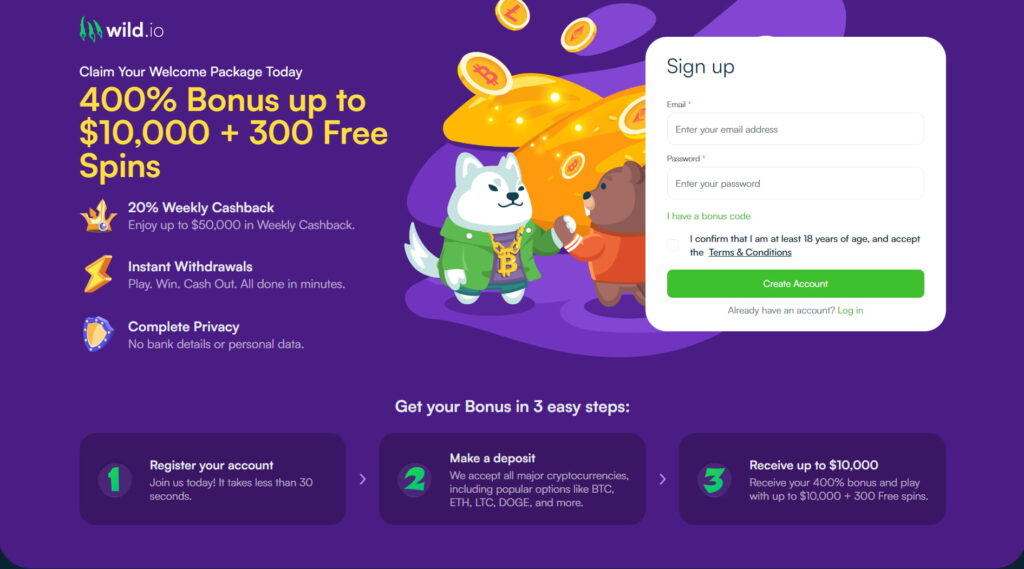

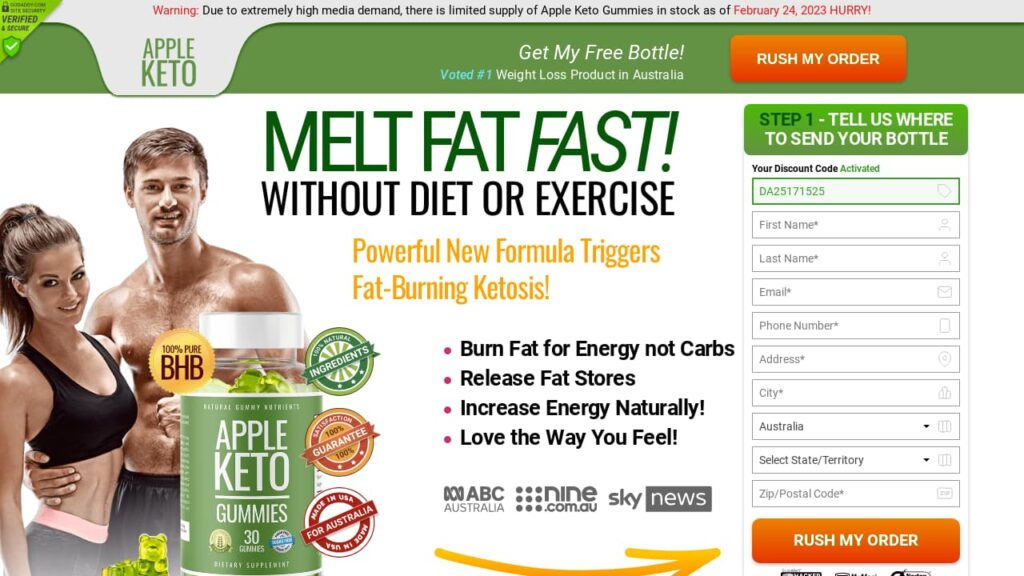

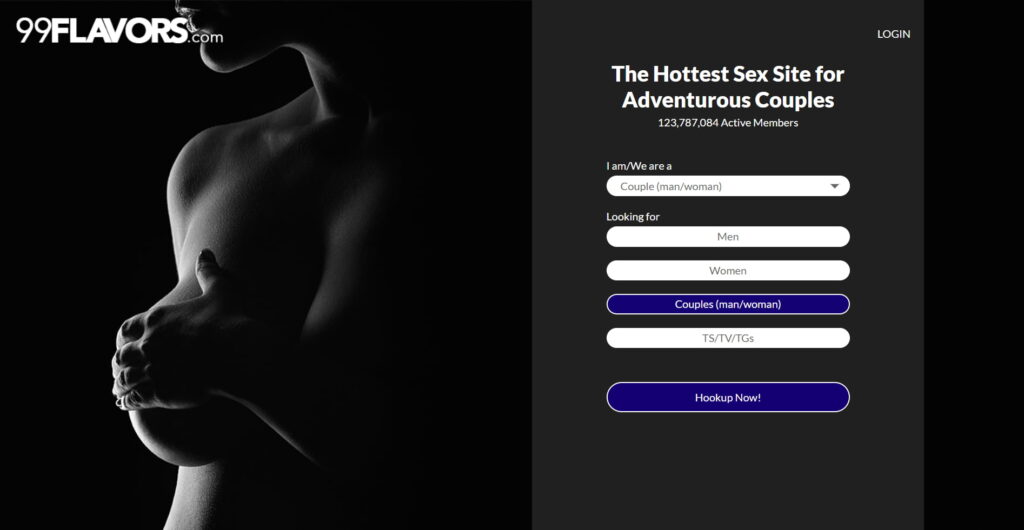

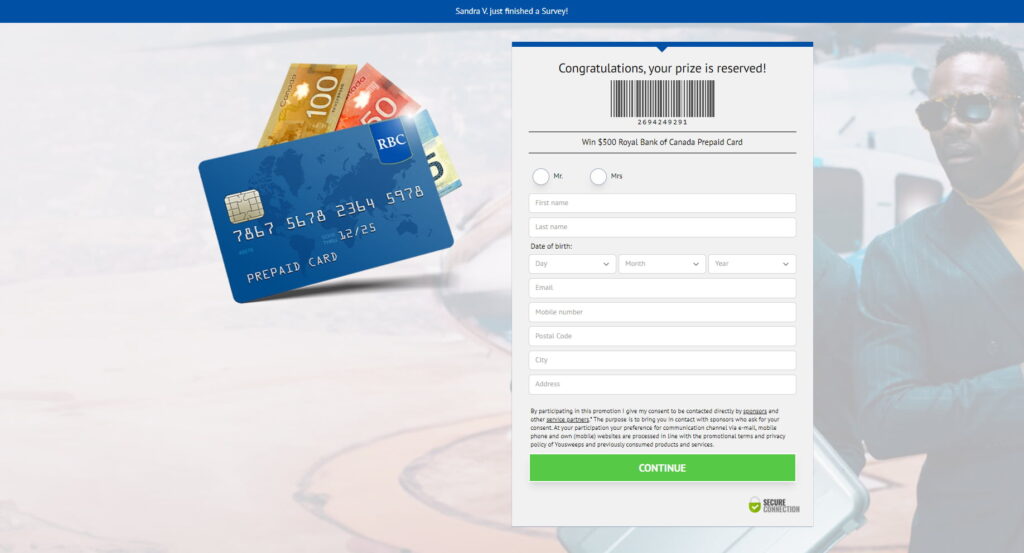
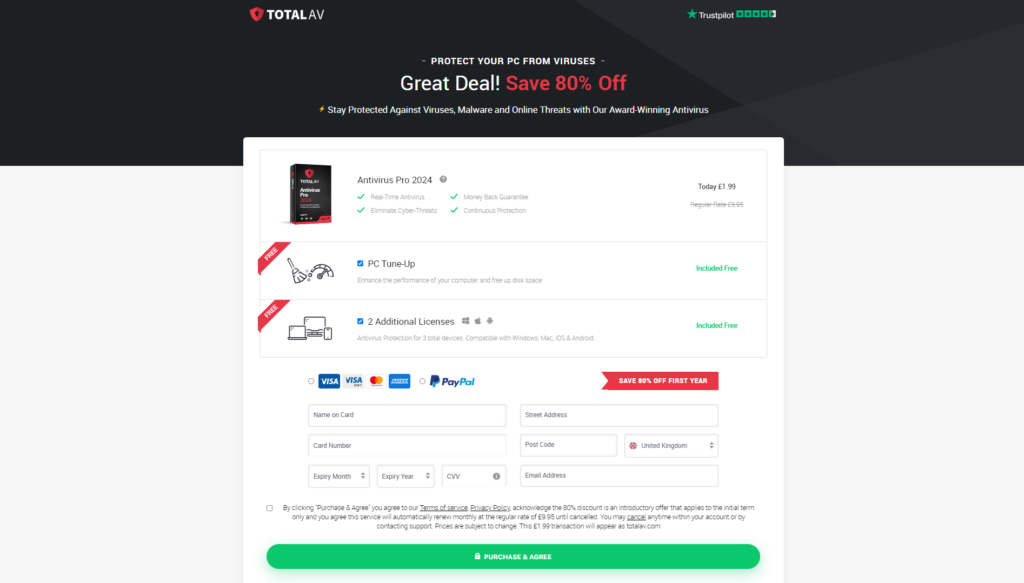
Keep in mind, that the first touch to your ad campaign is your ad creatives. If you deal with a push campaign, discover how to avoid common push mistakes.
There are the following types of landing pages:
A landing page in affiliate marketing is a standalone web page created specifically for a marketing or advertising campaign.
In this post, we’ll elaborate on the landing page’s meaning and share the best practices.
Landing pages are the bridge between your promotional content on social media, emails, or video platforms and the affiliate products you recommend. Unlike a broad website that may contain diverse content, a landing page is singularly focused and designed with one goal in mind: to convert visitors into actions that are trackable and directly tied to your affiliate marketing objectives, such as making a purchase or signing up for a newsletter.
In other words, a landing page is a destination where all the initial excitement is converted into a tangible commitment, whether it’s a purchase, a sign-up, or another conversion goal.

For affiliate marketers, landing pages are crucial because they help maximize the effectiveness of their campaigns by driving more conversions. Here’s why:
To make sense of the nature of landing pages and pre-landings, look into their difference:
| Aspect | Pre-landing | Landing Page |
|---|---|---|
| Technical side | Serves as an intermediary step between a creative and a landing page. | The final destination is designed for conversion, such as making a purchase, signing up, or subscribing. It’s where the user’s commitment is solidified. |
| Elements and blocks | Pre-landing pages generally use more provocative and engaging visual elements designed to capture attention quickly and effectively. These might include bold headlines, striking images, or interactive elements like quizzes. | Landing pages, in contrast, may use a mix of detailed content, testimonials, and more explicit imagery (where appropriate) to persuade the user toward conversion. |
| Content | Pre-landing pages often contain less text, using concise and compelling copy to quickly convey the value proposition and tease what’s to come. | Landing pages, meanwhile, provide detailed information, benefits, and features of the offer, aiming to answer all potential questions a user might have and remove any barriers to conversion. |
| Compliance and discretion | Especially in the adult dating vertical, pre-landers are designed with a keen eye on compliance, avoiding explicit content to pass ad platform regulations. | Landing pages, having already filtered through interested and engaged users, can afford to be more explicit, provided they still comply with legal standards. |
| CTA | A CTA is typically geared towards moving the user to the next step in the funnel (i.e., the landing page). It might be more exploratory, like “Learn More” or “Join Now”. | CTAs are direct and conversion-focused, such as “Subscribe Now,” “Join,” or “Sign Up”. |
Clearly, target pages play distinct yet interconnected roles in the affiliate marketing funnel, especially within the adult dating category.
Landing can include:
Let’s delve deeper into this by exploring affiliate marketing landing page examples and approaches tailored to different verticals.








Keep in mind, that the first touch to your ad campaign is your ad creatives. If you deal with a push campaign, discover how to avoid common push mistakes.
There are the following types of landing pages: